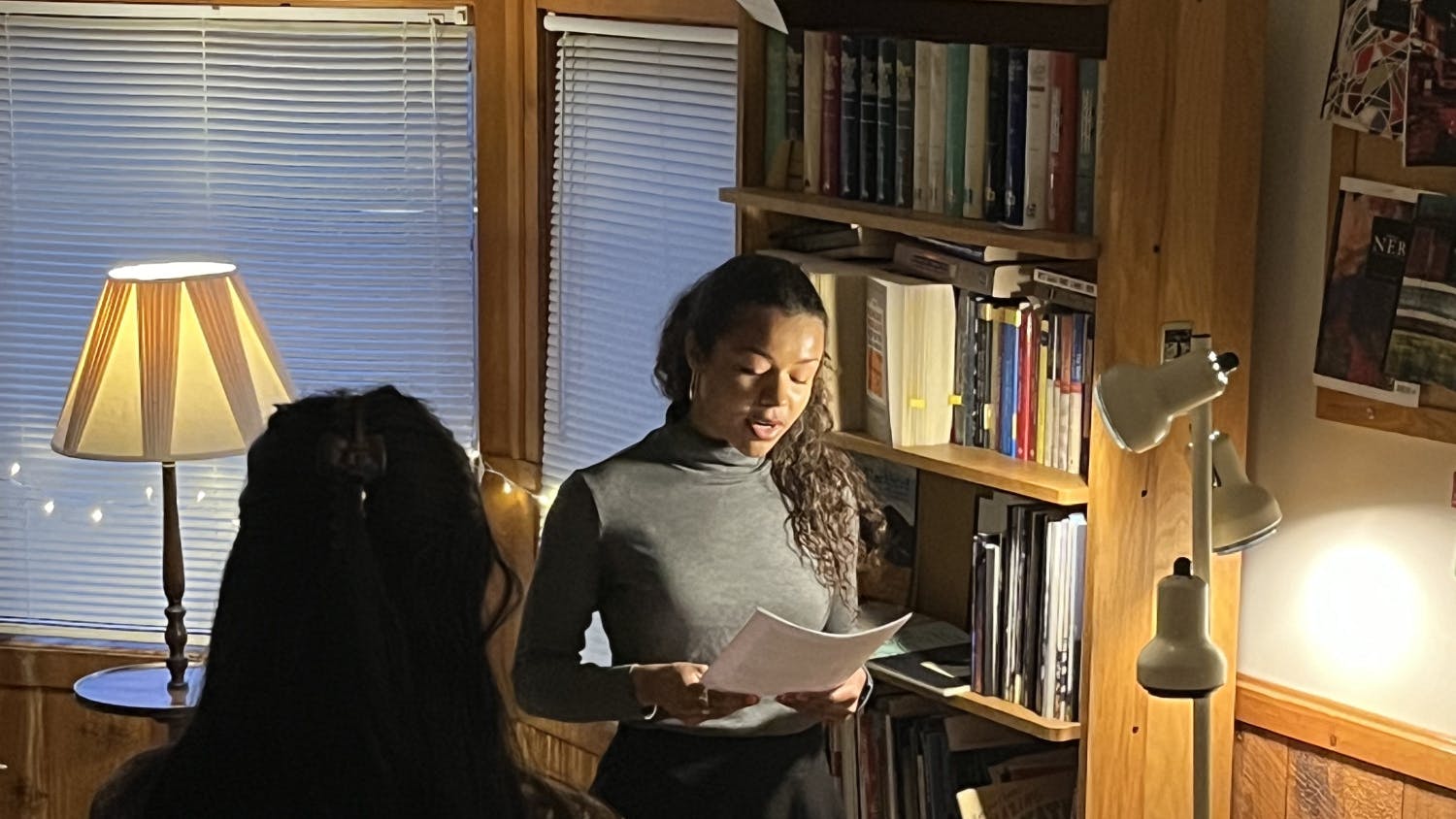College recruitment data cited in a recent New York Times article reveals a trend of recruitment at whiter and richer high schools, with Middlebury’s recruitment strategy noticeably lacking in comparison to its peers that demonstrate a more diversity-conscious approach.
The article, “Colleges Recruit at Richer, Whiter High Schools,” by University of Arizona doctoral candidate Karina Salazar and UCLA professor Ozan Jaquette, uses data from 42 colleges. Salazar and Jaquette argue that despite touting a commitment to diversity, many colleges’ recruitment practices indicate otherwise.
Connecticut College’s recruitment record proved to be one of the whitest and richest, as the college visited schools where the median family income was on average $119,000. Demographically, it visited schools with an average of 66 percent white students.
According to the analysis, Middlebury ran in the middle of the pack. It recruited from locations where family median income was on average $101,000, and did not visit locations where family median income was $62,000. In terms of racial composition, the schools Middlebury visited have an average demographic of 57 percent white students.
Though Middlebury’s recruitment strategy falls near the middle of the total sample, the college is noticeably lacking in comparison to its peer schools. Williams, Wellesley and Swarthmore visited high schools where the average share of white students was 46, 37 and 41 percent respectively.
Middlebury’s recruitment strategy may be the reason for its comparatively lackluster performance in both racial and economic diversity on campus. Middlebury is the fifth whitest school in the NESCAC, with white students making up 63 percent of its student body. In addition, a much smaller percent of students apply for need-based aid than at comparative institutions.
While diversity at Middlebury is currently eclipsed by its peer institutions, the admissions office is attempting to make slow and steady progress, according Greg Buckles, dean of admissions.
“We do work hard to find a balance in our travel,” Buckles said. “All of our travel includes outreach with community-based organizations, whether that is College Match in Los Angeles or Posse in any of its different locations or any of the dozens of outreach programs that we do.”
“We strive to find an appropriate balance between places where we have typically had a lot of interest and applications with new places where we are trying to create new and more interest,” Buckles said.
Over the past decade, more minority students have both applied to and enrolled at the college. In 2008, 1,041 applicants were students of color. In the past admissions cycle, 2,026 applicants were students of color, reflecting an increase of more than 100 percent. And 138 students of color enrolled at the college in 2008 compared to 204 in the past year, an increase of over 50 percent.
“We are very pleased with that, but we do not see it as an end game,” Buckles said. “We are not satisfied yet.”
The admissions office recently joined the American Talent Initiative, which seeks to address inequities in access to higher education. This group of 290 universities and colleges, combined with philanthropic organizations, seeks to graduate 50,000 lower-income students from its member institutions by 2025.
Buckles noted that President of the college Laurie L. Patton’s next major fundraising campaign will be geared towards financial aid and access. He also highlighted a change in policy this year in which the college transitioned to a need-blind process for DACA and undocumented students.
“We have gone from low single digits to dozens of admitted DACA and undocumented students this year,” Buckles said. “It has been an amazing increase.”
Within the admissions office itself, Buckles noted a commitment to diversity through diverse staffing, fluency in several languages, and further partnership and affiliation with organizations such as Posse.
“We strive, per the strategic plan and what we see as our mission as an educational institution, to create as accessible and inclusive a student body and community as possible,” he said.
College Recruits from Richer, Whiter High Schools than Peers
Comments



